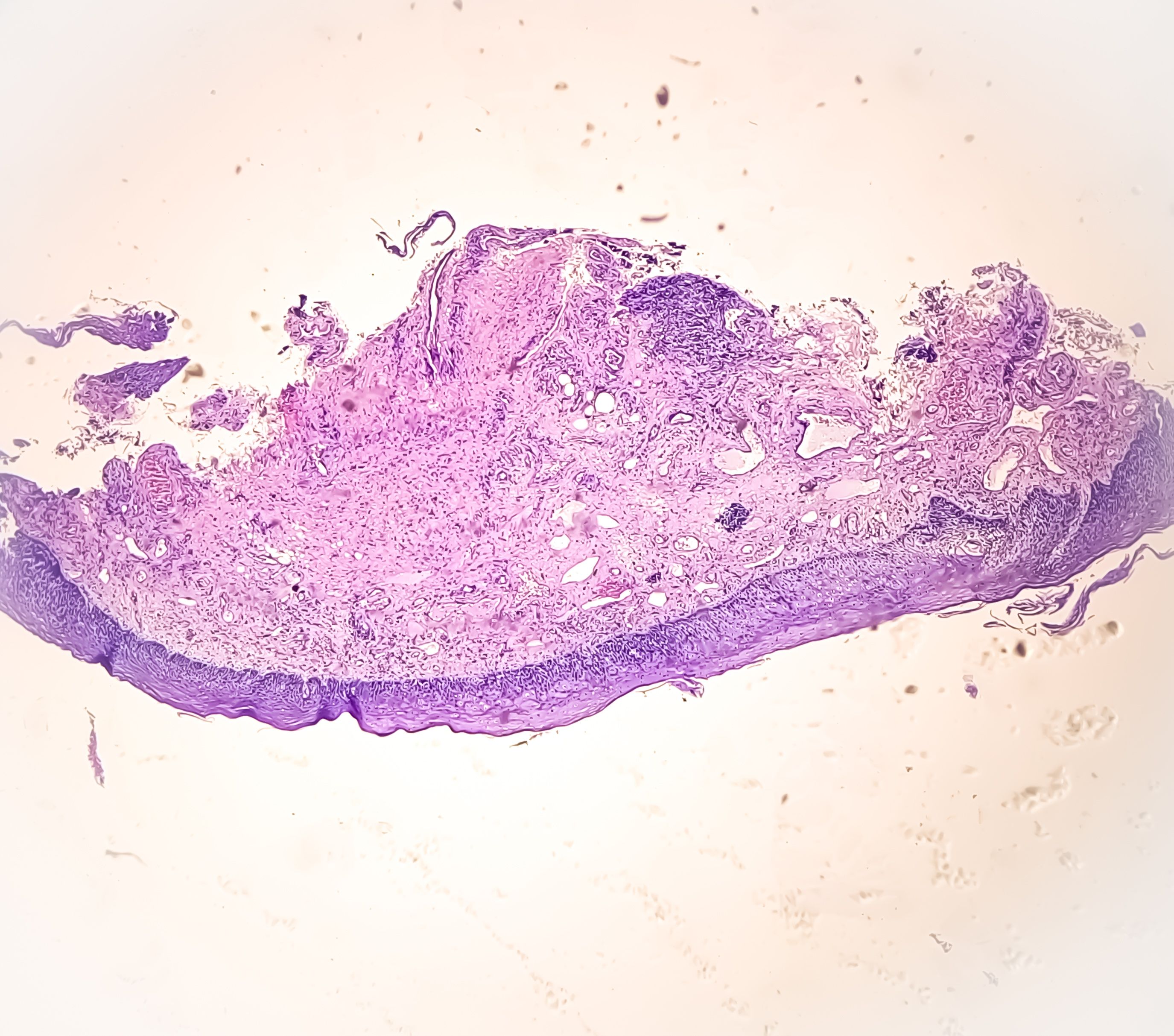News
Video
Financial Burden May Be the Largest Barrier to CAR T-Cell Therapy for the Treatment of Multiple Myeloma
Author(s):
Expert breaks down these findings and more from the GLAMM1 study at the 2023 ASH Annual Meeting.
Zahra Mahmoudjafari, PharmD, MBA, BCOP, FHOPA, the clinical pharmacy manager of hematology, bone marrow therapy, and cellular therapeutics University of Kansas Health System in Mission, Kansas, speaks to Pharmacy Times about access to medications for multiple myeloma (MM) at the 65th American Society of Hematology (ASH) Annual Meeting & Exposition, taking place December 9-12, 2023, in San Diego, California. Mahmoudjafari delves into a study evaluating medication access, titled The GLAMM1 Study - Global Access to Myeloma Medications: Potential Barriers to Chimeric Antigen Receptors (CART) and T-Cell-Engaging Bispecific Antibodies (TCE) Globally. She also discusses the relativity of access barriers and different ways of improving access.
PT Staff: Can you describe the GLAMM1 Study and study outcomes?
Zahra Mahmoudjafari, PharmD, MBA, BCOP, FHOPA: So the GLAMM study is looking at global access to MM medications. There have been significant improvements in the setting of MM, including chimeric antigen receptor (CART) cell therapies and T-cell engagers (CTEs). And so this study sought to understand just how well these new products and therapies were available globally. So we were able to do an electronic survey amongst about 100 centers globally to ask about their access and decide whether or not they had adequate access, moderate access, or were severely impaired and receiving access.
What we found was that significant access barriers remained with CAR T cell therapies, as well as TCEs; approximately only 16% of centers at that time (which the time period for our survey was between June and July of 2023). So of course, could be different now, given we're about 6 months out from that date, but only 16% had adequate access to CART cell therapy and only 23% had adequate access to it at the time, the only bi-specific, which was teclistamab. So there are certainly a lot of opportunity to increase access, really internationally, for these new products that are really exciting.
luchschenF - stock.adobe.com

PT Staff: What were the most pressing barriers to accessing novel B cell maturation antigen (BCMA) directed therapies like CART and TCE?
Zahra Mahmoudjafari, PharmD, MBA, BCOP, FHOPA: The biggest burden that we found in our study was a financial burden. These therapies come at a significant cost to both the patients and the treatment facility, so the financial burden remains something that we need to consistently evaluate, expanding upon that further. There remain limitations to patient access barriers from a patient perspective, in terms of distance from the treatment facility, out-of-pocket cost, and there are also manufacturing concerns— the ability to become a Risk Evaluation Mitigation Strategy Center, as well as concerns from a provider perspective with logistics like follow-up, ensuring that patients have proper adequate support and care. So there remains a number of barriers here, but the biggest one that we found in our study was financial.
PT Staff: What is the impact of looking at access barriers on a global scale?
Zahra Mahmoudjafari, PharmD, MBA, BCOP, FHOPA: It's really interesting, because of course I work in the United States and I'm very well aware of our concerns and challenges here in the US, but I also see that these challenges remain very limited to other countries, and we're all dealing with the same challenges. It really puts it into perspective that, in fact, the United States has great access to care and really good access to these medications, whereas there are still several countries and continents that don't have access at all. And so it's really important to us to be able to have equal access to every patient who has MM.
PT Staff: What could be done on a governmental, hospital, pharmacy, or even patient-level to improve access to (CAR) T-cell and TCE?
Zahra Mahmoudjafari, PharmD, MBA, BCOP, FHOPA: Absolutely. So, I would say, first, from a manufacturer perspective, we continue to have limited manufacturing slots— not every center is an authorized treatment center that can provide these therapies, so we also need to become much better at toxicity management and the long-term care of these patients. These therapies don't come without their long-term set of side effects. And so, we as providers are learning how to best support these patients, pharmacists included, learning the toxicity management of these patients. And then [approaching this] more globally, not only from a manufacturer but from a provider perspective, we have to mitigate these extremely high costs. These therapies are expensive. The out-of-pocket costs are expensive, and they do tend to add up. So there are a lot of opportunities to work together not only across institutions, but with our payer colleagues and our local governments to ensure proper access and care for these patients.
Newsletter
Stay informed on drug updates, treatment guidelines, and pharmacy practice trends—subscribe to Pharmacy Times for weekly clinical insights.





